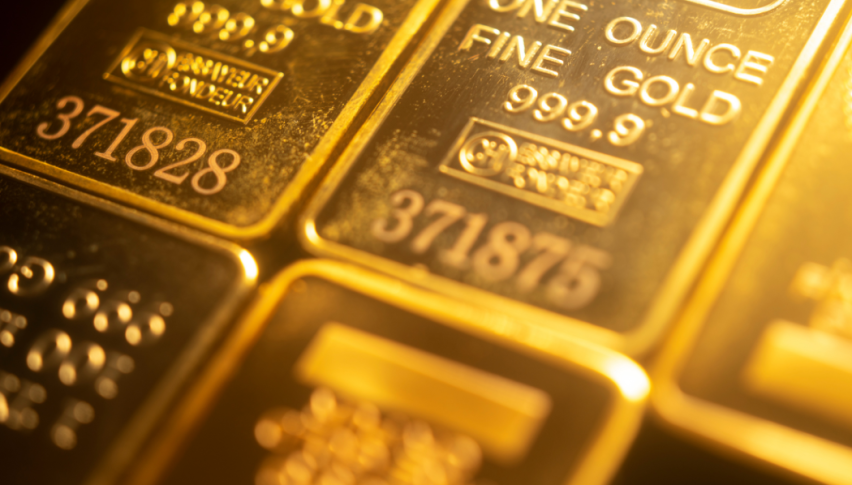
Hawaii Scare: Safe-Havens Are Back In Vogue
Every now and again we are reminded of how sensitive markets are to fundamental stimulus. Scheduled economic events regularly bolster volatility facing a wide variety of asset classes. However, a surprise news headline can unexpectedly send valuations into chaos.

It seems that any incident that involves nuclear weapons and ballistic missiles creates a global stir in the financial markets. Last Saturday, a false alarm of a pending ballistic missile attack was issued for the Hawaiian Islands. The alarm was attributed to a state employee “pressing the wrong button” during a shift change.
Official reports show that the alarm was sent to cell phones of island residents, instructing them to seek shelter from an inbound ballistic missile threat. A retraction of the warning was not issued for 40 minutes, creating a considerable panic.
Safe Havens Heating Up
While the alarm was false, the markets have certainly taken notice. The USD is getting pounded across the majors, with several traditional safe-haven assets/currencies posting considerable rallies:
Asset Session Move (Approximate)
Gold Futures +64 ticks
USD/JPY -55 pips
Of course, not everyone will agree that a false alarm is capable of creating upheaval in the capital markets. I think that there is a case to be made that it does. While the panic surrounding the event was only temporary, it served as a staunch reminder of international tensions between the U.S. and North Korea. Traders and investors have taken the message, reacting in a very tentative manner toward the USD.
Markets are dynamic environments capable of changing directions in an instant. Basically, any external stimuli can turn even the best trade setup into a dismal failure. Only the diligent practice of prudent risk management will insulate our trading accounts against the unknown.









